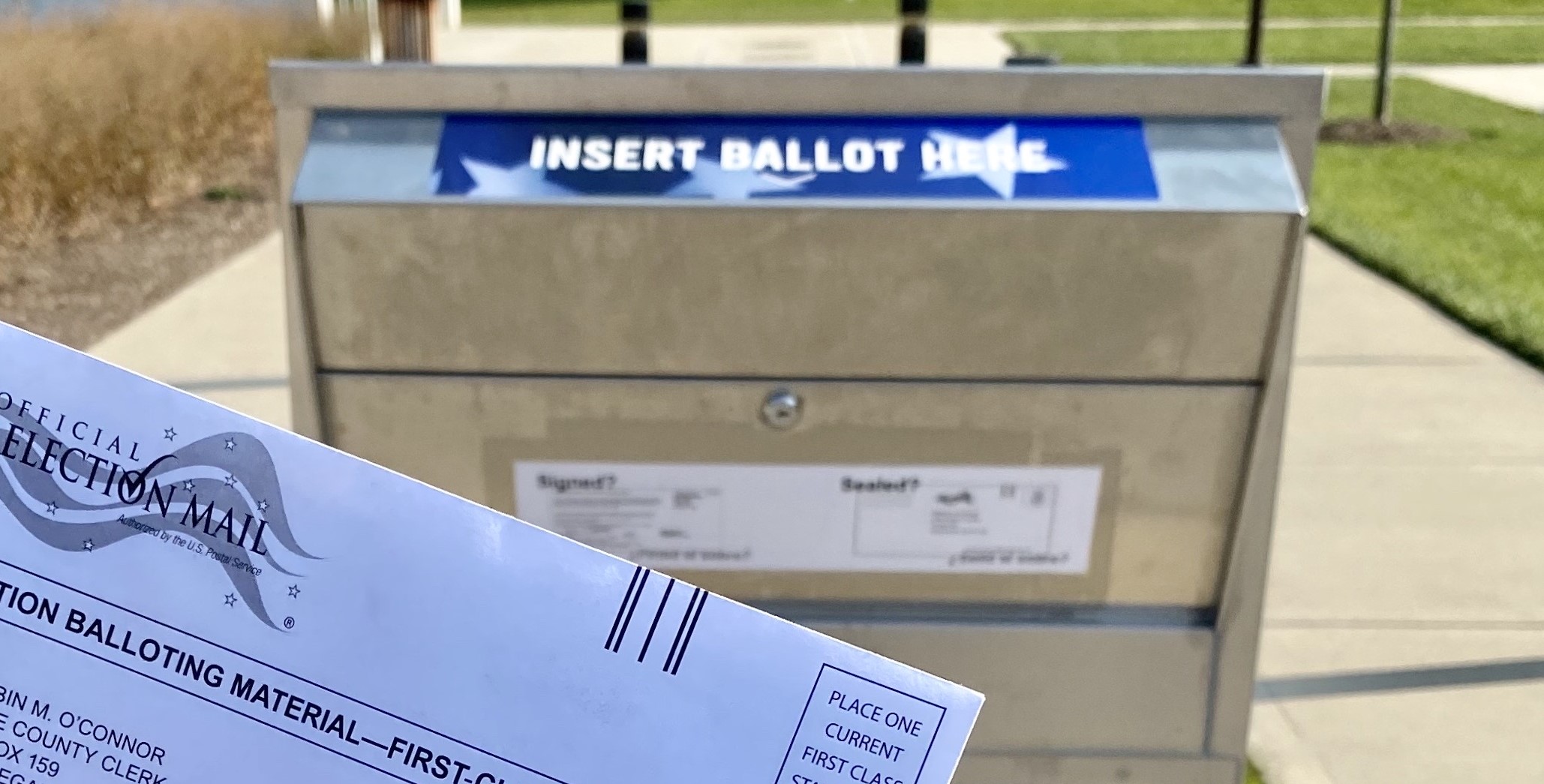A guide to mail-in voting in Texas

Date Posted: 10/23/2024 | Author: Tricia Cave
Election season is here, and that means every voter must make a voting plan. While millions of Texans will cast their ballot in person, for many the best plan will be to vote by mail.
When I was in college, I was a mail-in voter. I went to Sam Houston State University for my first two years of college (I later transferred to the University of Houston, where I graduated in 2008), and because it was a 90-minute to two-hour drive, depending on traffic, to my family home in Pasadena, I decided early on that I would vote by mail. My first election was 2004, and voting in the presidential election was exciting to me. Now 20 years later, my daughter will cast her first presidential election vote this year while in college at Texas A&M University. She does plan to come home to vote.
Eligibility
Eligibility for mail-in voting in Texas is limited to voters who are:
- 65 years or older
- Sick or disabled
- Pregnant and due within three weeks of election day
- Out of the county during the period for early voting and on Election Day (this includes college students who live away from home)
- In jail, but otherwise eligible
- Civilly committed
Obtaining a mail-in voting application
You can obtain a mail-in voting application by downloading the form online or by visiting the county elections clerk. You must include on your application either your driver’s license number, personal ID number, election ID certificate number (located on your voter registration card), or, if you do not have any of these, the last four digits of your Social Security number. The deadline for receipt (not postmark) of a mail-in ballot application by your county voting clerk is Friday, Oct. 25, so it’s crucial that if you plan to vote by mail, you obtain and turn in the application to do so today. You can submit the application in person, by mail, by common or contract carrier (FedEx, UPS), email (must be a signed, scanned attachment sent to the early voting clerk), or fax. If you email or fax, you must also mail a copy to your county voting clerk within four days of the receipt of the email or fax.
Completing and mailing your ballot
Once you receive your mail-in ballot, make your choices in each race and mark your choices according to the instructions on the ballot envelope. Then, place your completed ballot in the envelope marked “ballot envelope” and seal the envelope. Next, place the ballot envelope in the carrier envelope. Before sealing the carrier envelope, include in the space provided under the privacy flap one of the following:
- The number on your driver’s license, voter registration card, or state-issued ID;
- The last four digits of your Social Security number; or
- A statement that you do not have any of these numbers.
Finally, seal the carrier envelope, sign it, and either deliver to the voting clerk in person by 7 p.m. on Election Day or by mail, making sure it is postmarked by 5 p.m. on the day after Election Day.
For overseas mail-in ballots and military mail-in ballots, the ballot must be received no later than the fifth day after Election Day and must have a postmark showing it was mailed by 7 p.m. on Election Day.
You can track your mail-in ballot through the Texas Secretary of State’s office’s My Voter Portal. To track your ballot, you will need the following information:
- Full name
- Date of birth
- Last four digits of Social Security number
- Driver’s license number or state-issued ID number
- Address, including city and ZIP code
CONVERSATION
RECOMMENDED FOR YOU

12/19/2025
Teach the Vote’s Week in Review: Dec. 19, 2025
Happy Holidays from ATPE! The ACLU of Texas is challenging SB 12 in federal court, and ATPE has distributed candidate surveys to those running for statewide, legislative, and SBOE seats.

12/18/2025
Gov. Abbott’s property tax promise and the split in the Texas GOP
Property taxes aren’t just a political talking point. They’re the main revenue source for vital local services, including police, fire, and public education.

12/12/2025
Dec. 8 filing deadline sets the stage for 2026 elections
Now’s the time to confirm your voter registration and update it if necessary.

